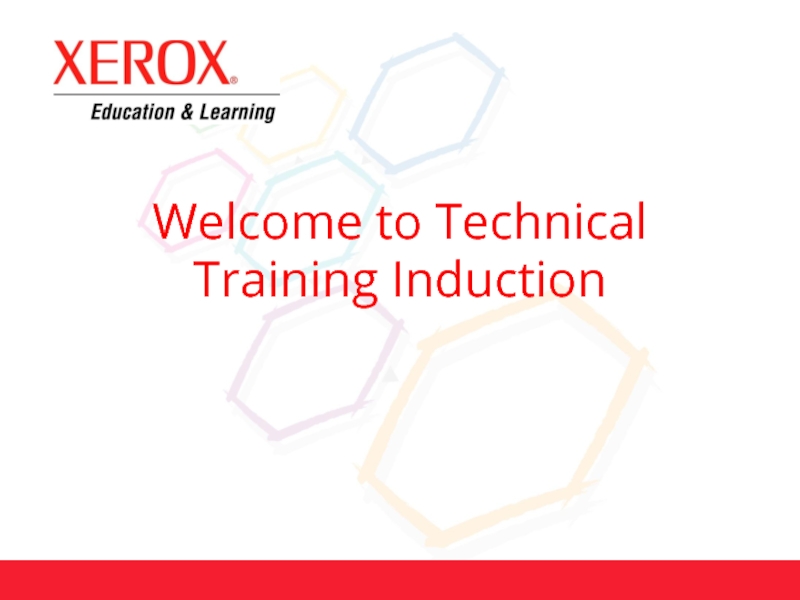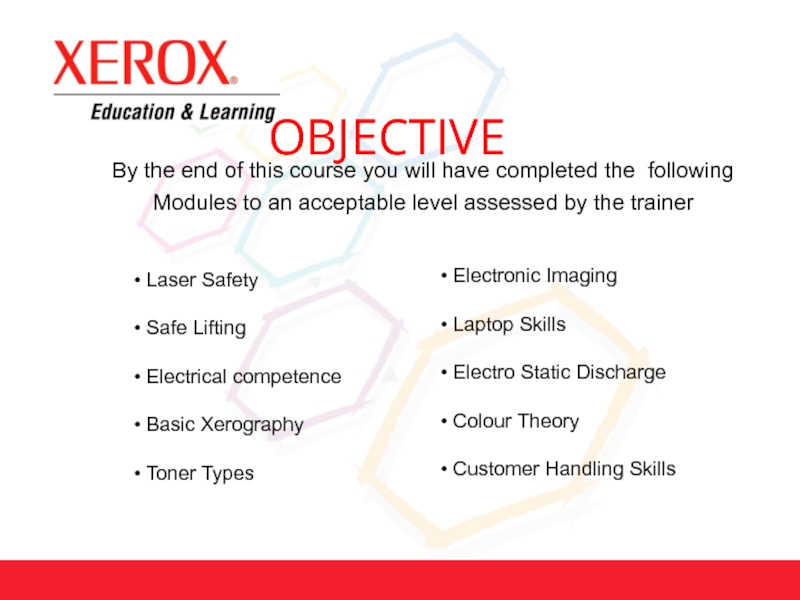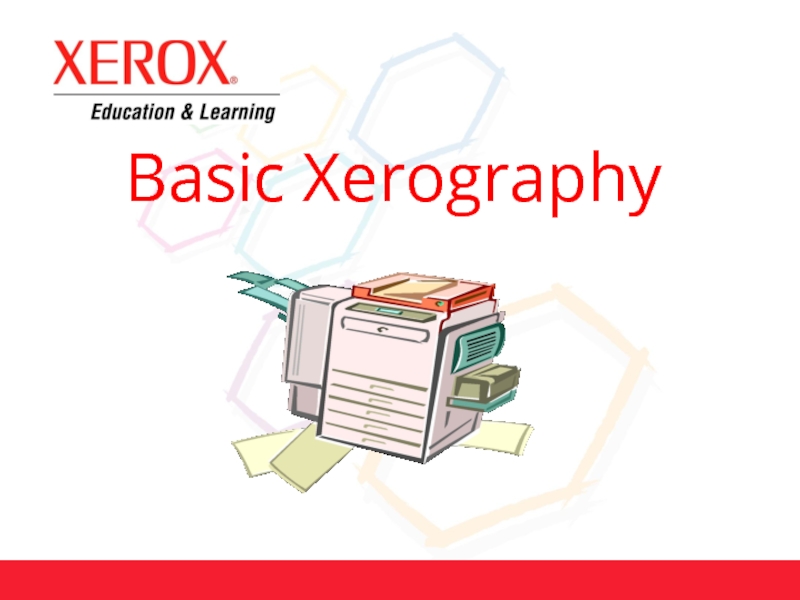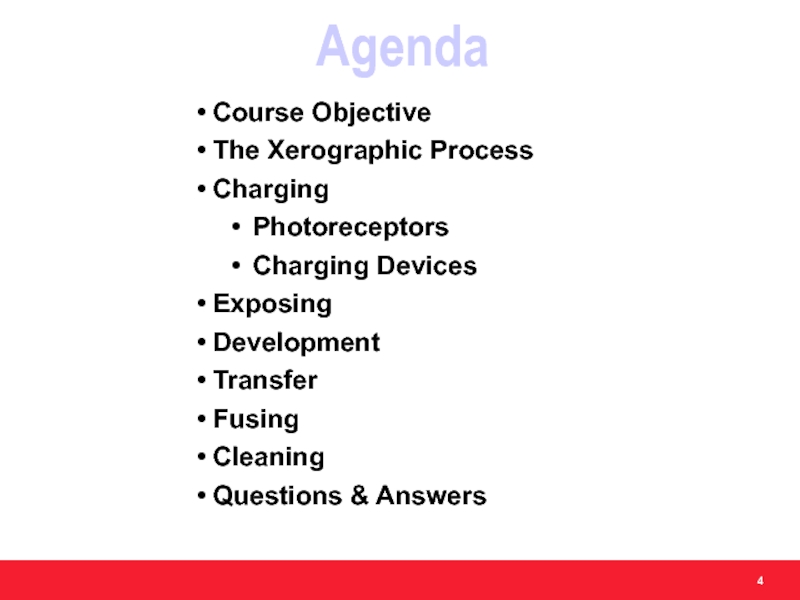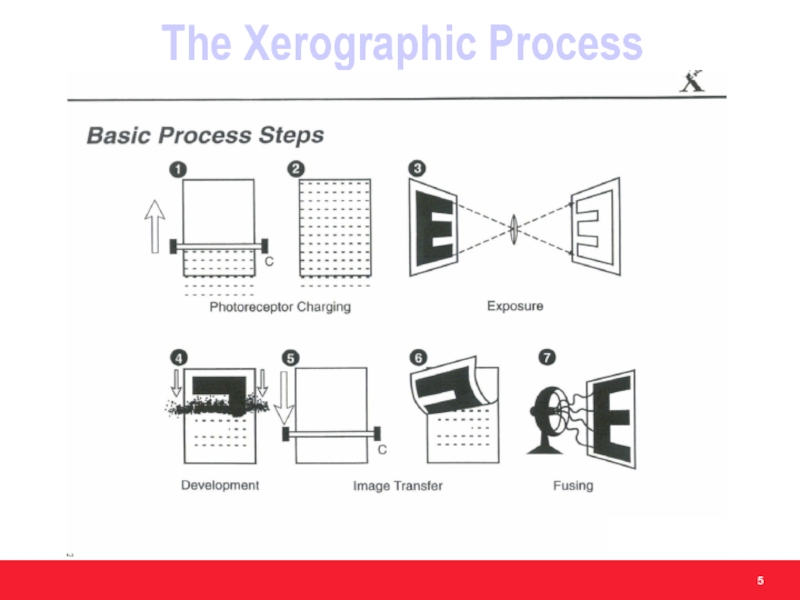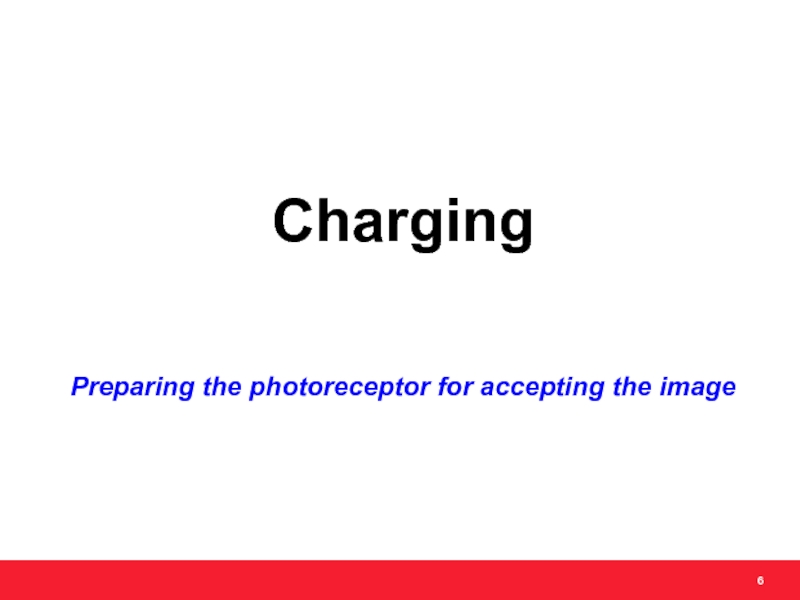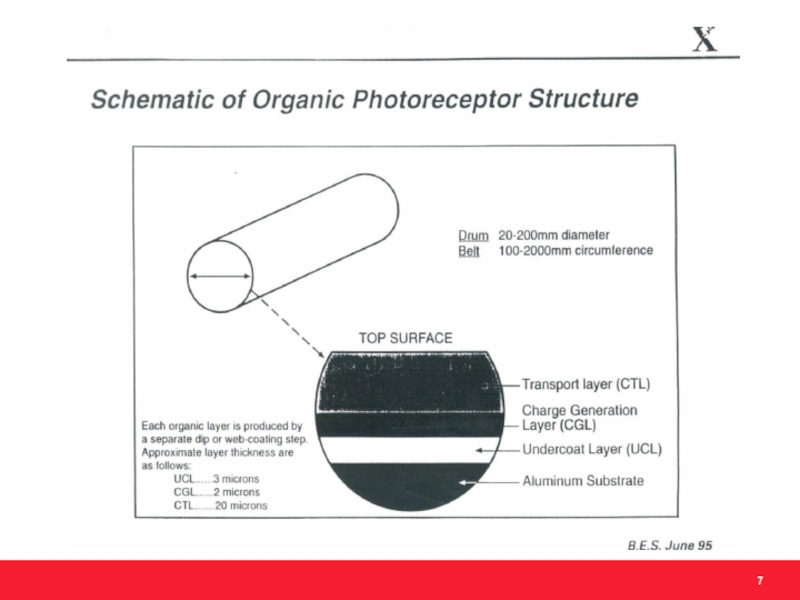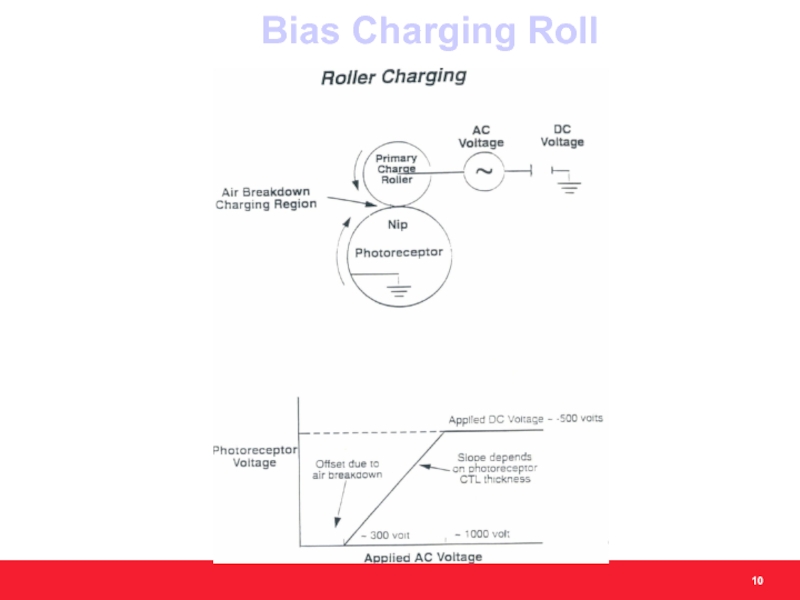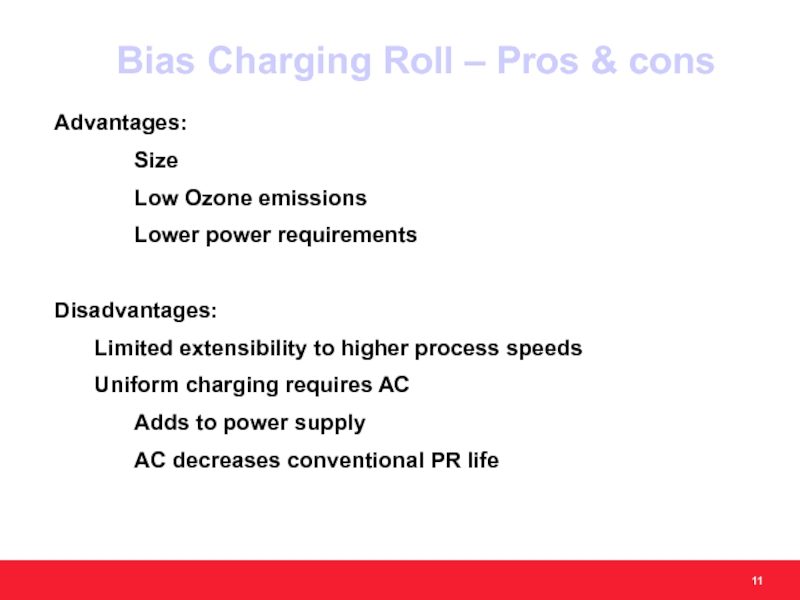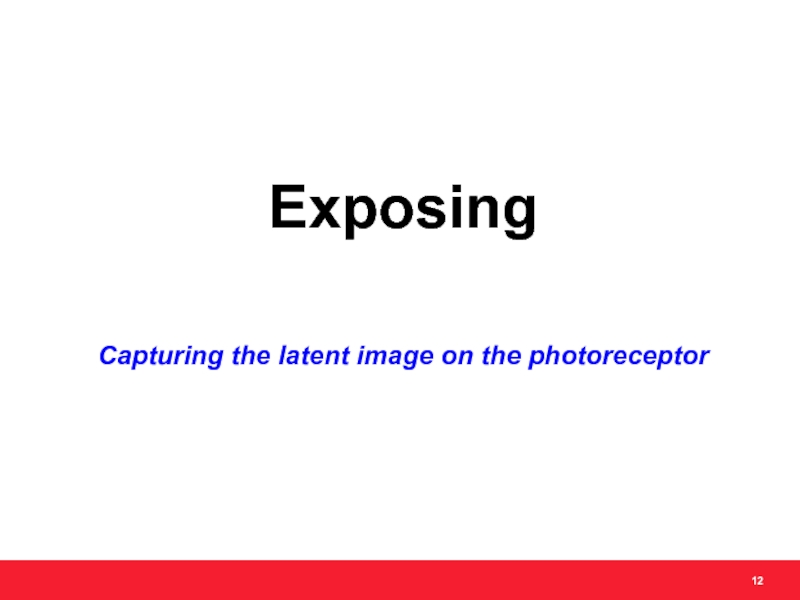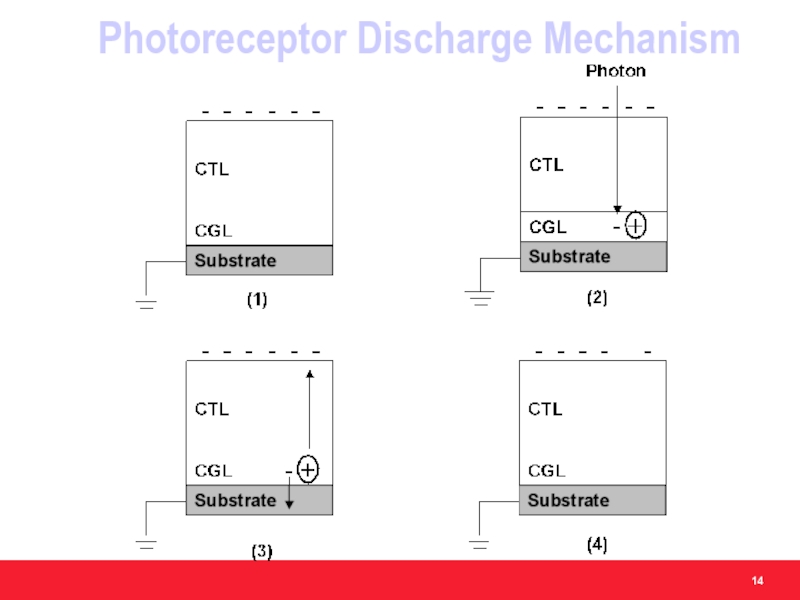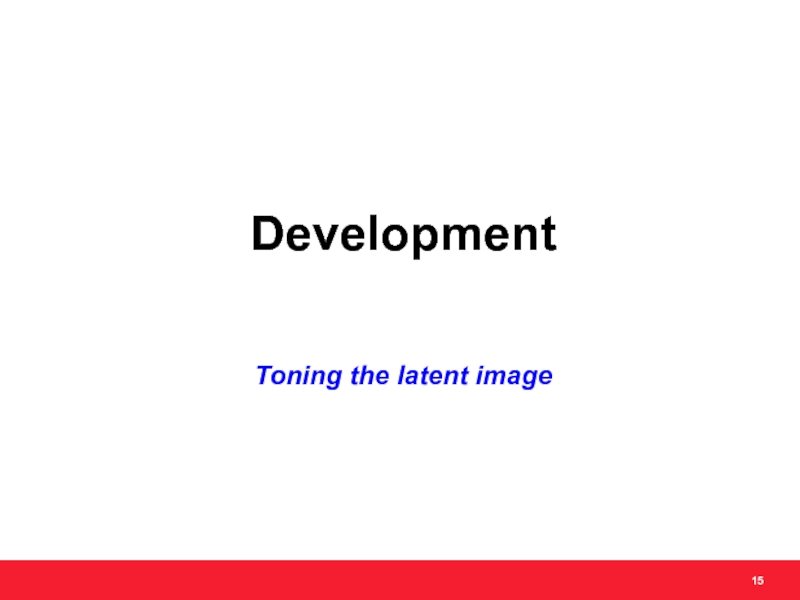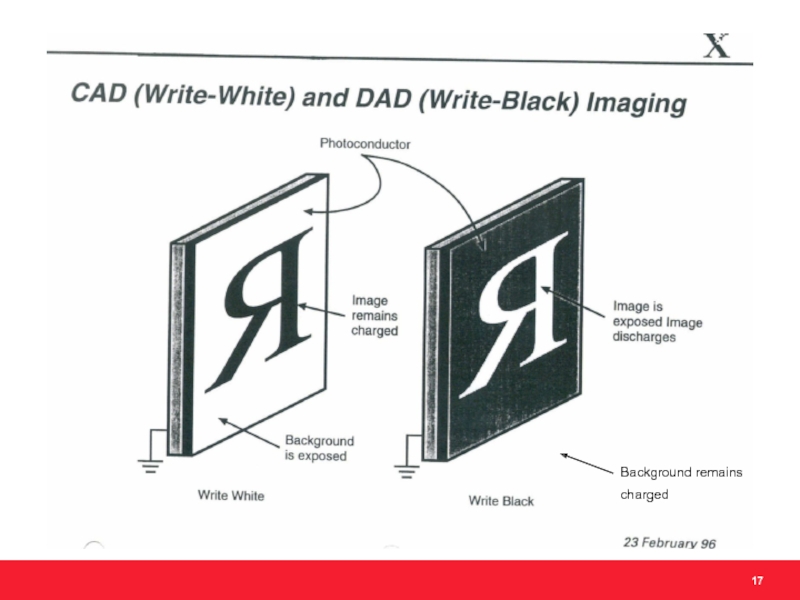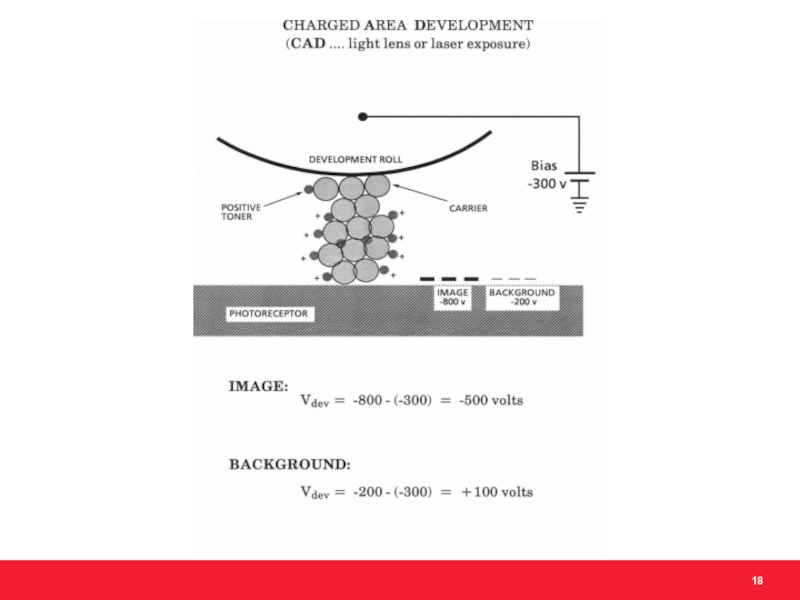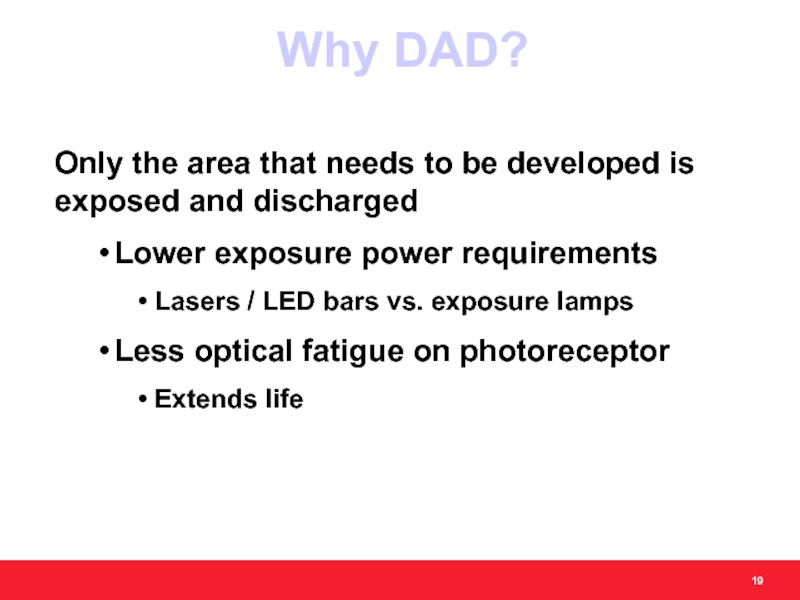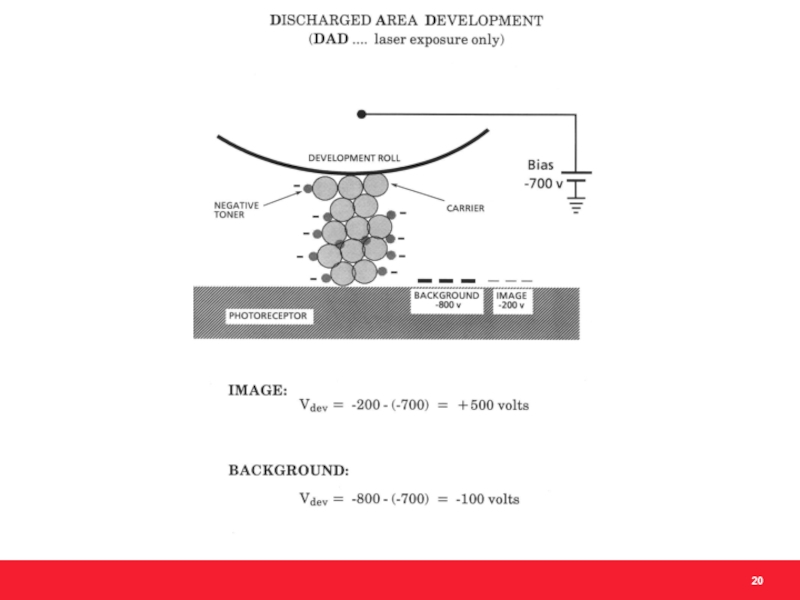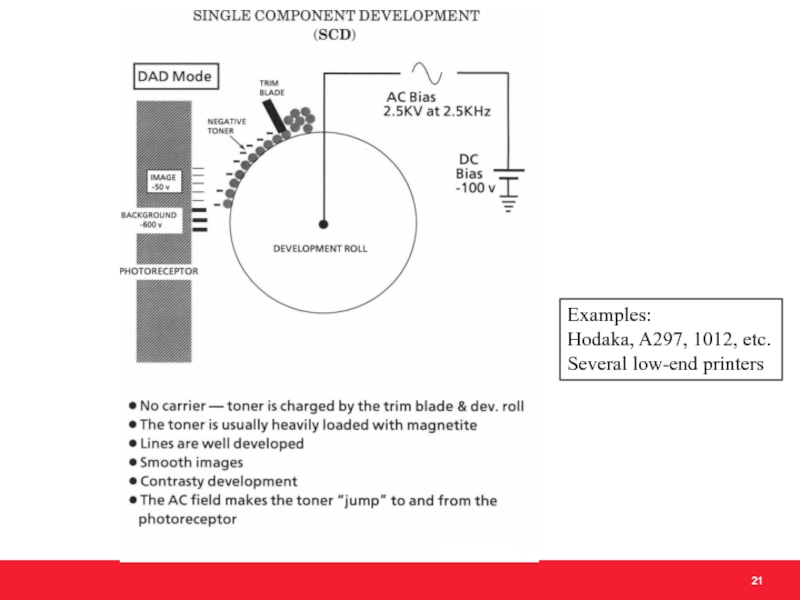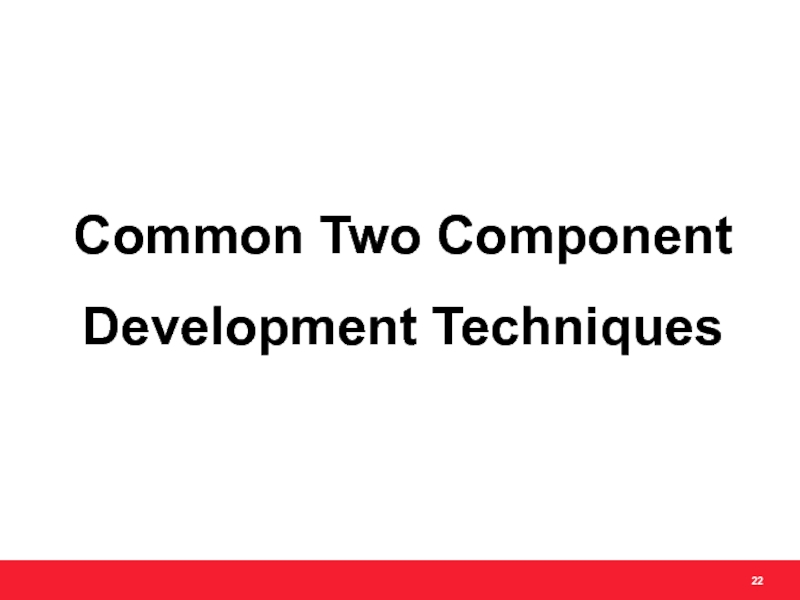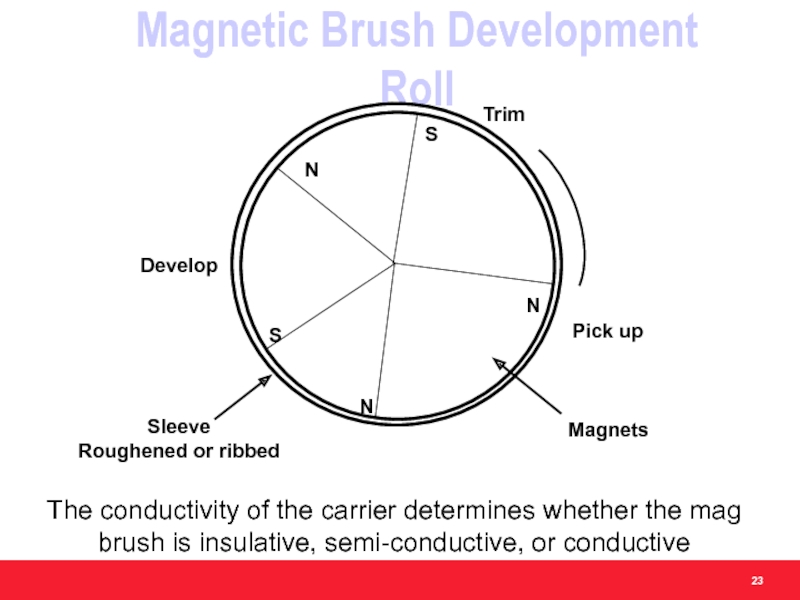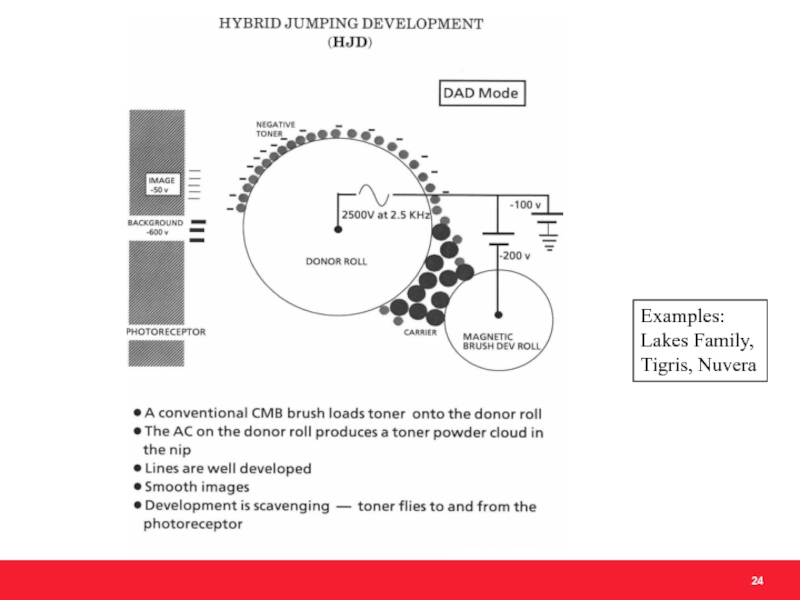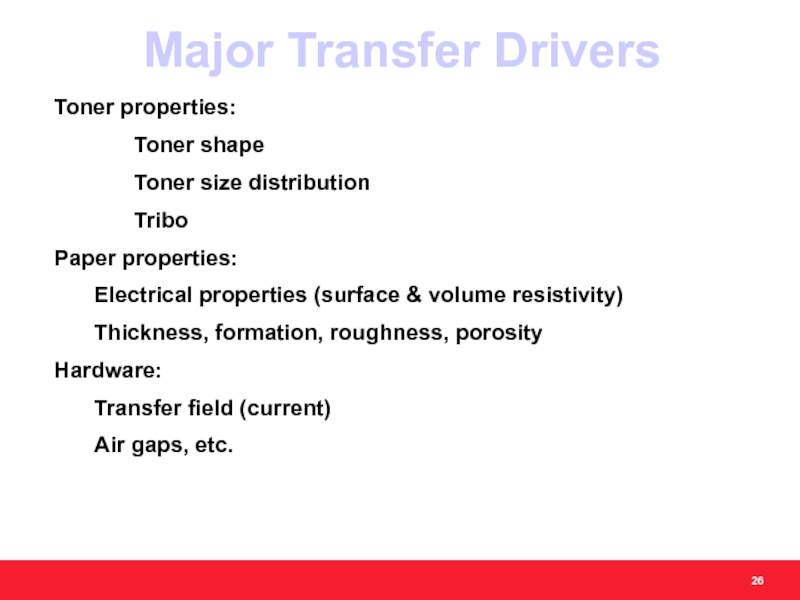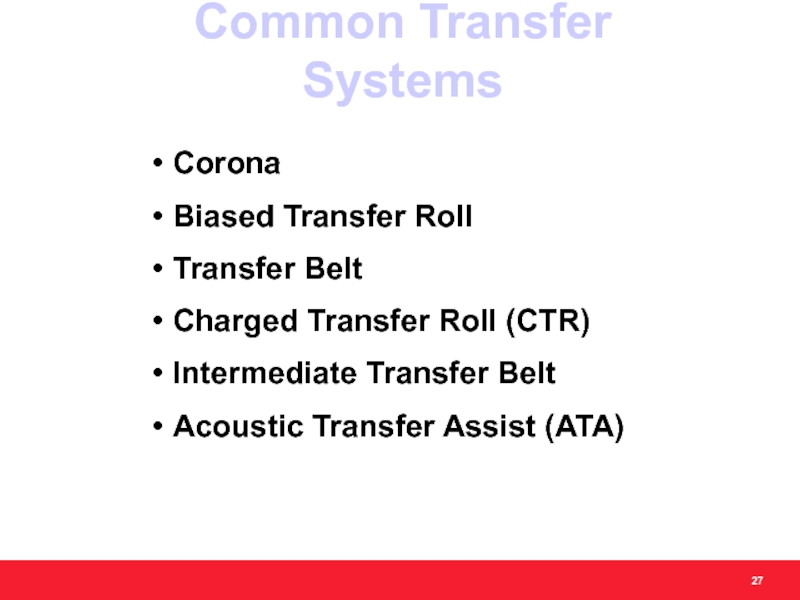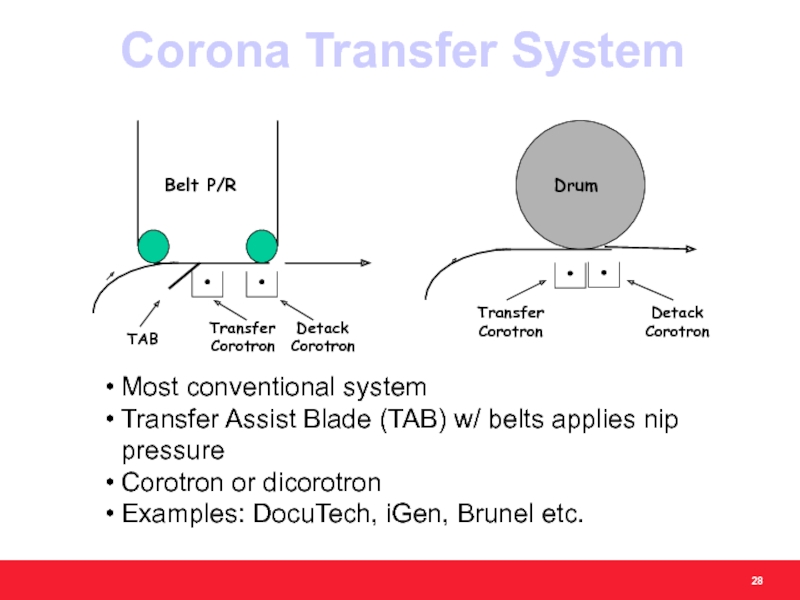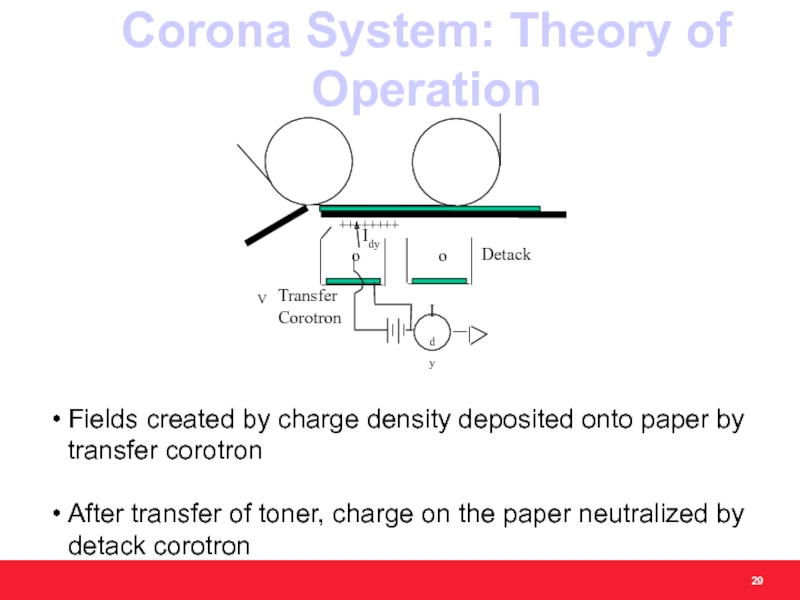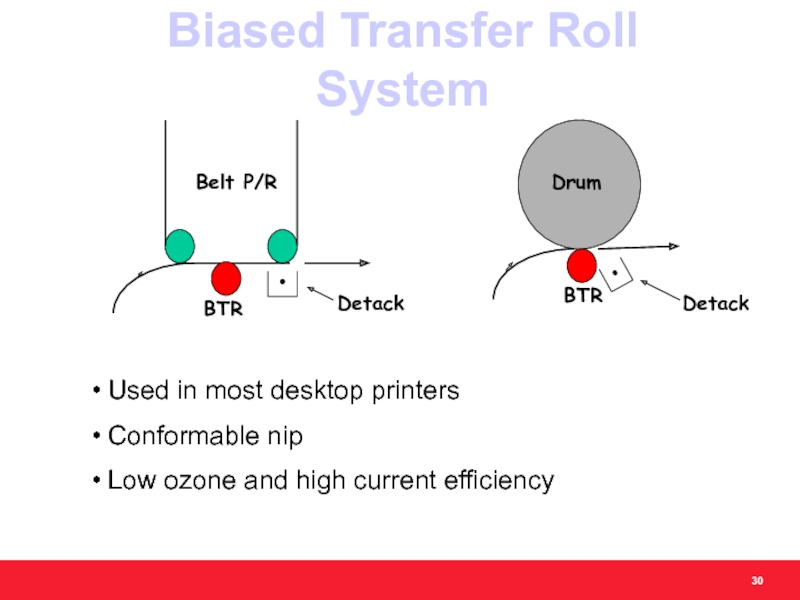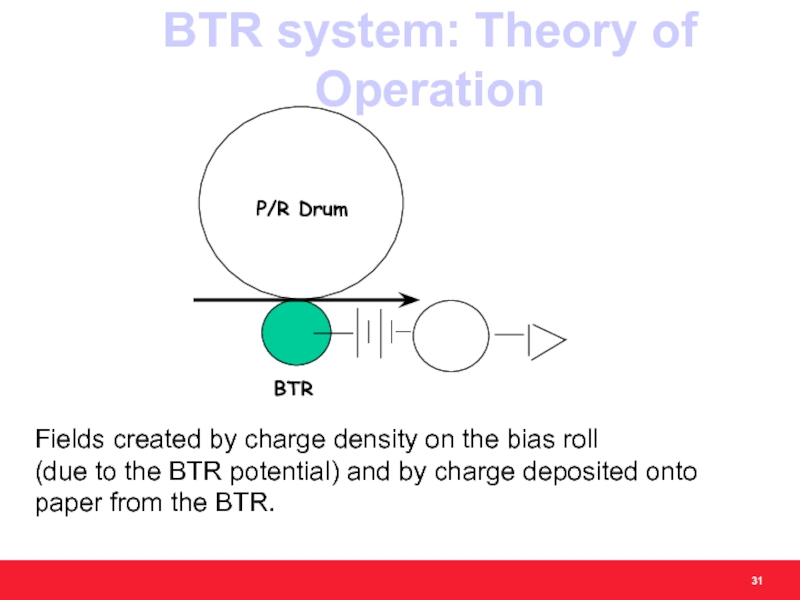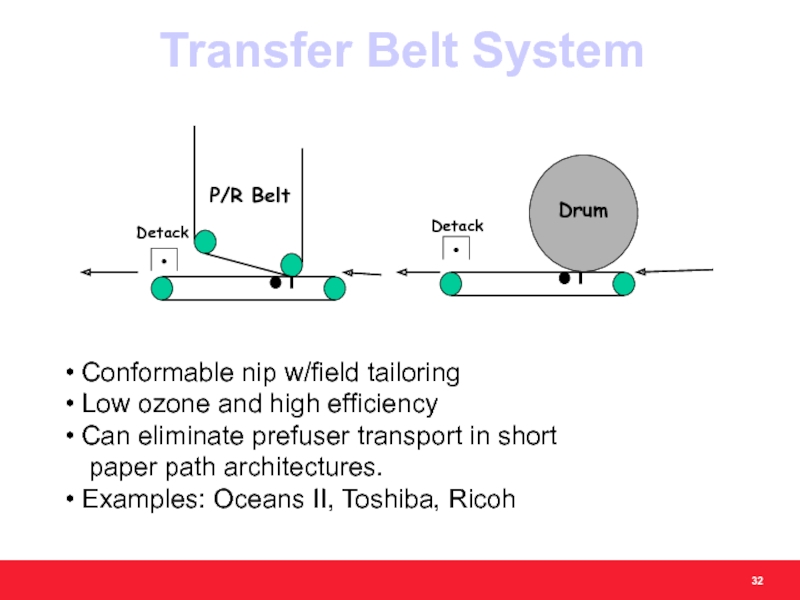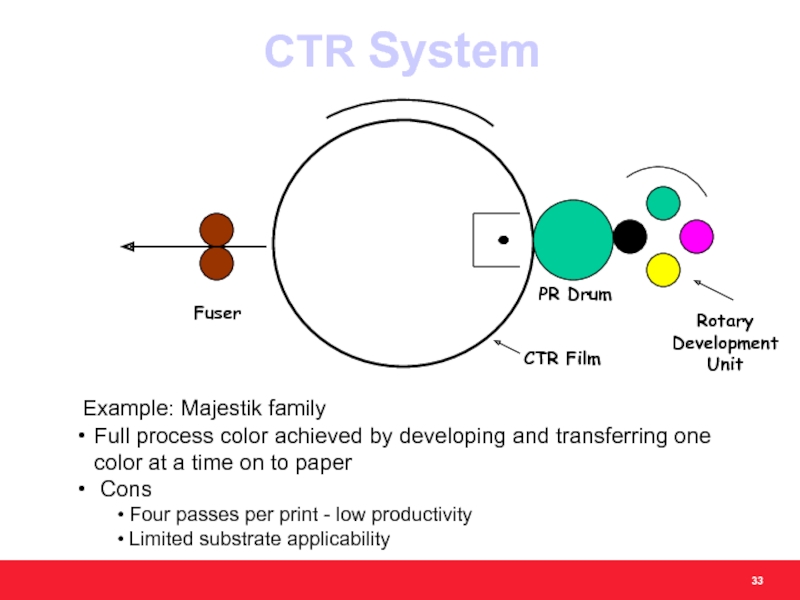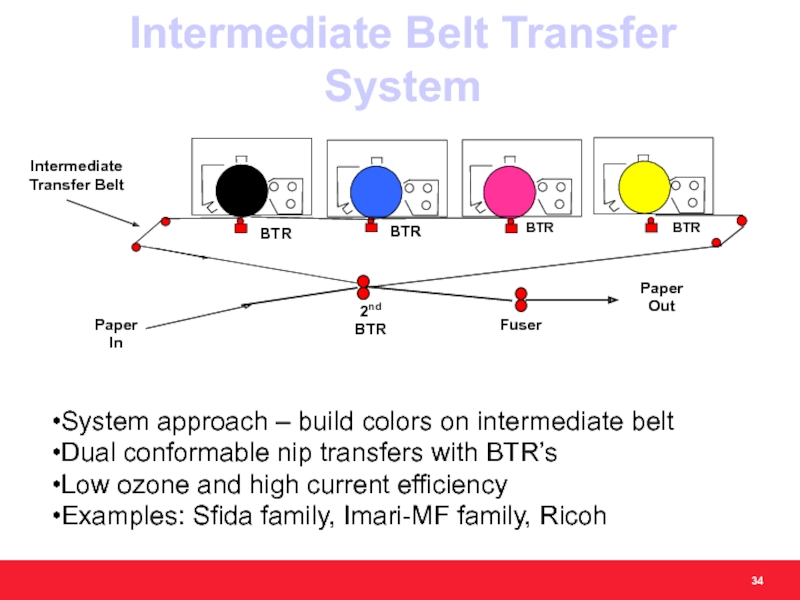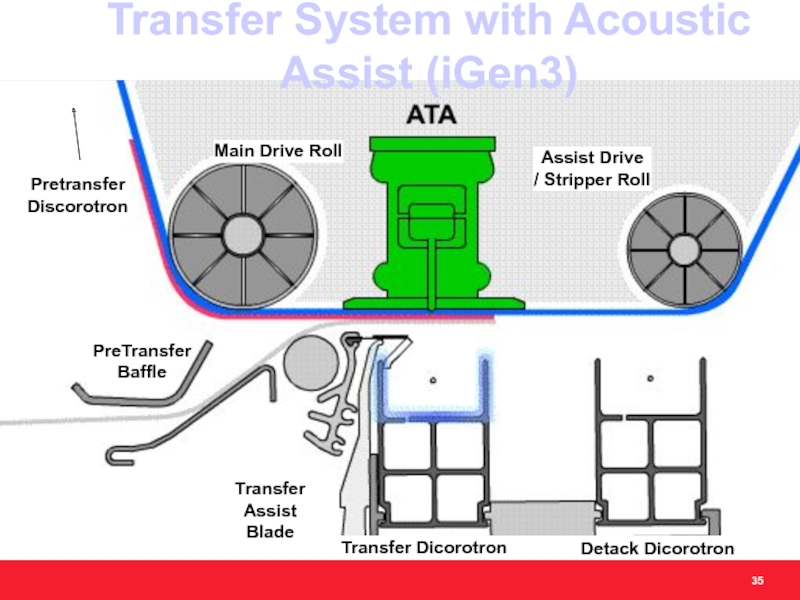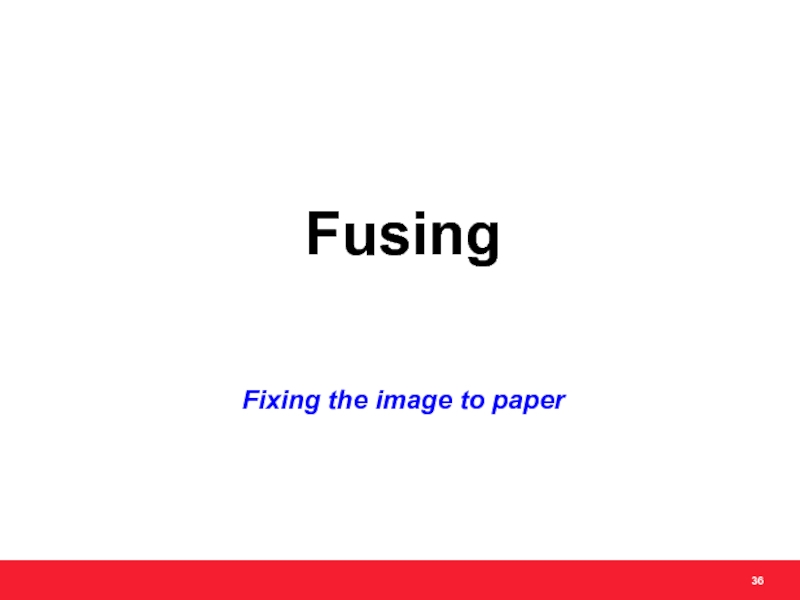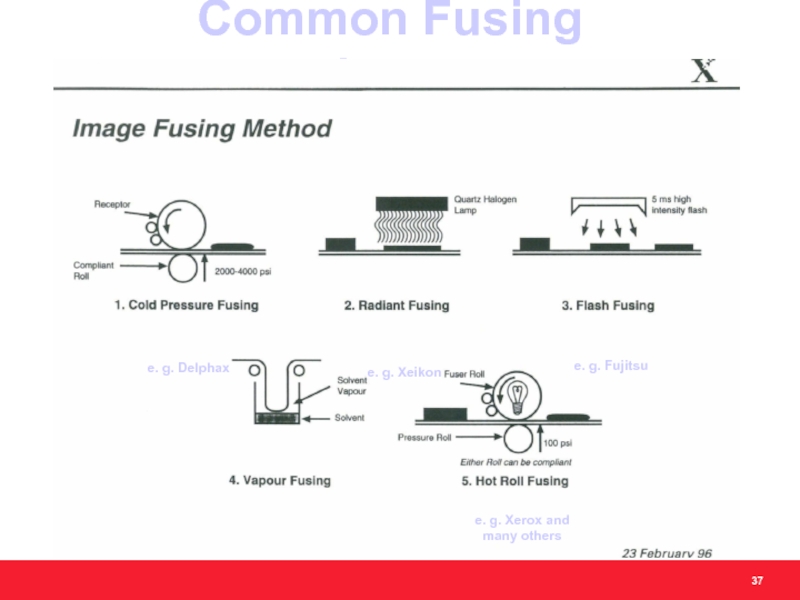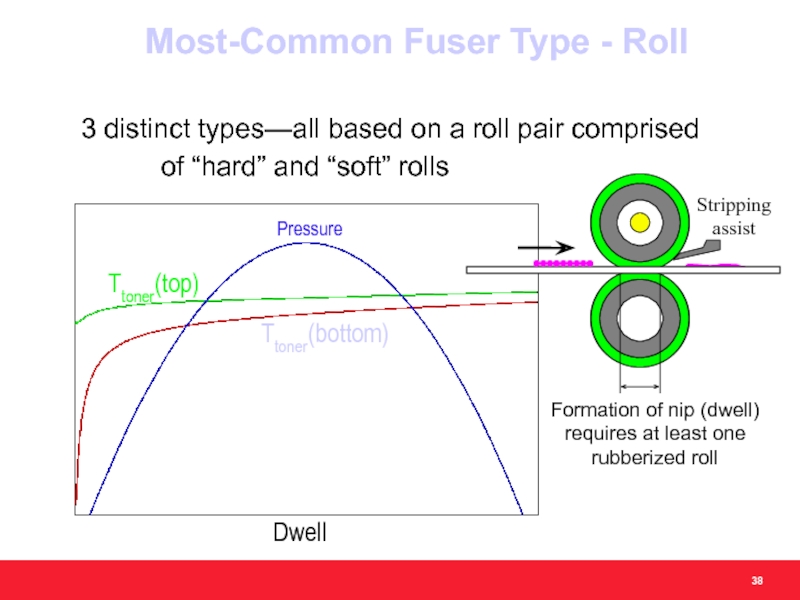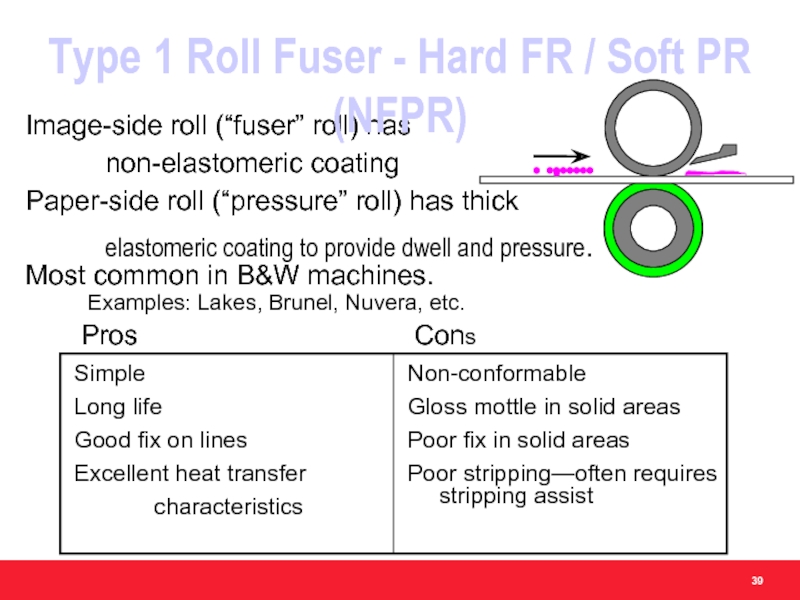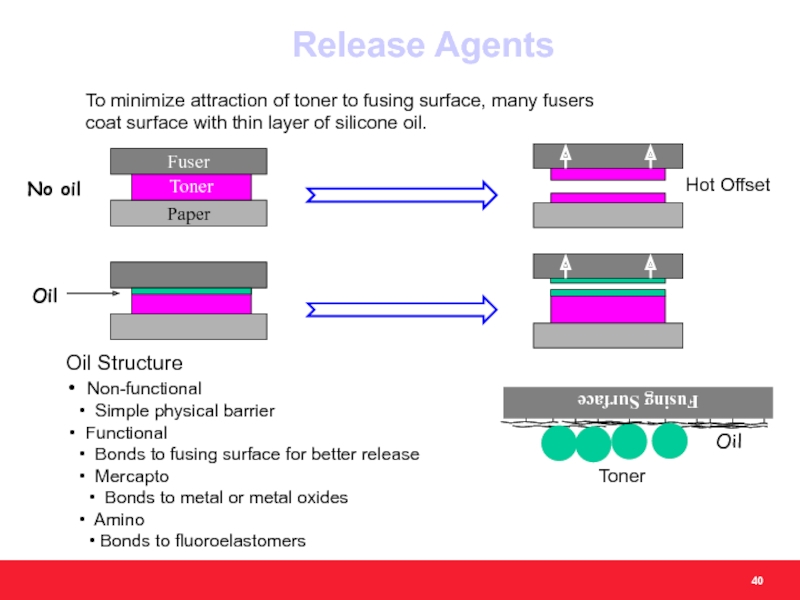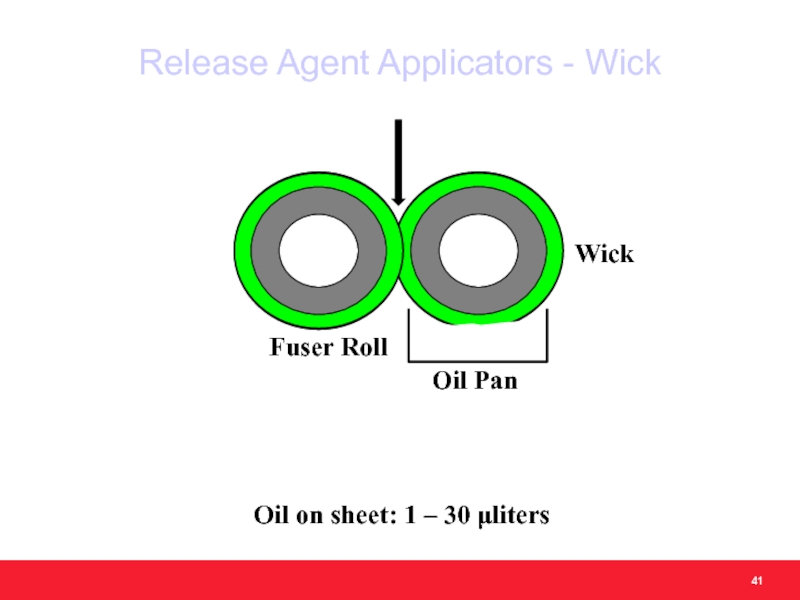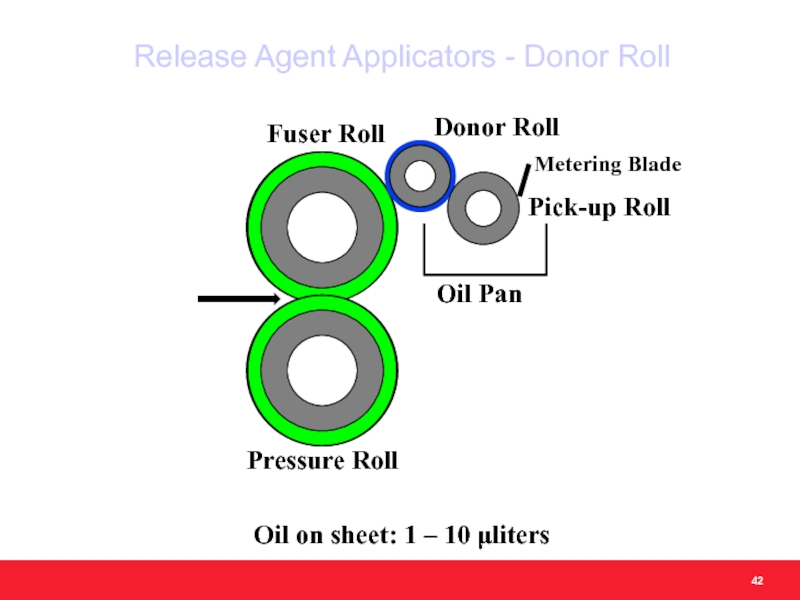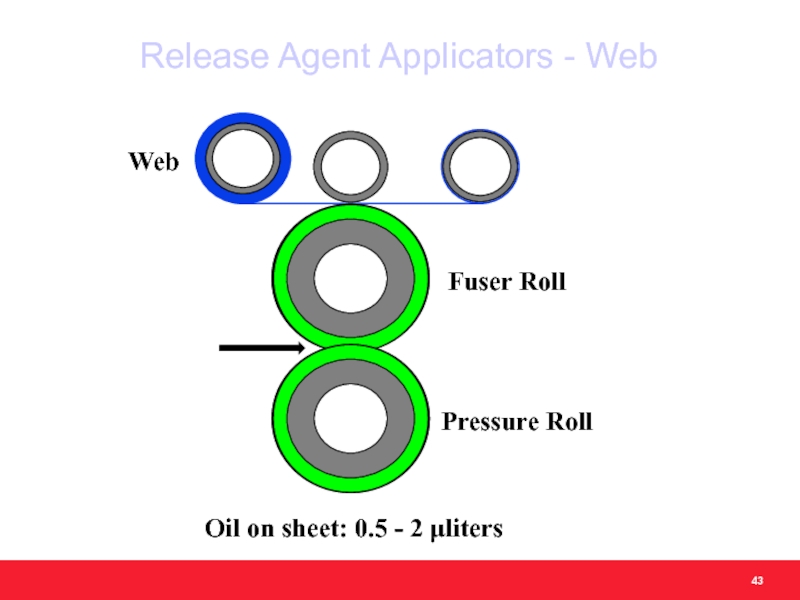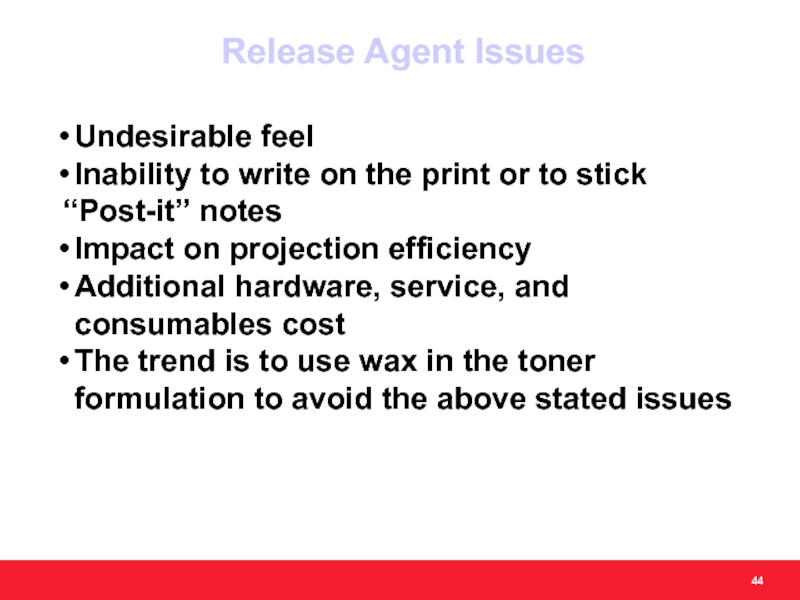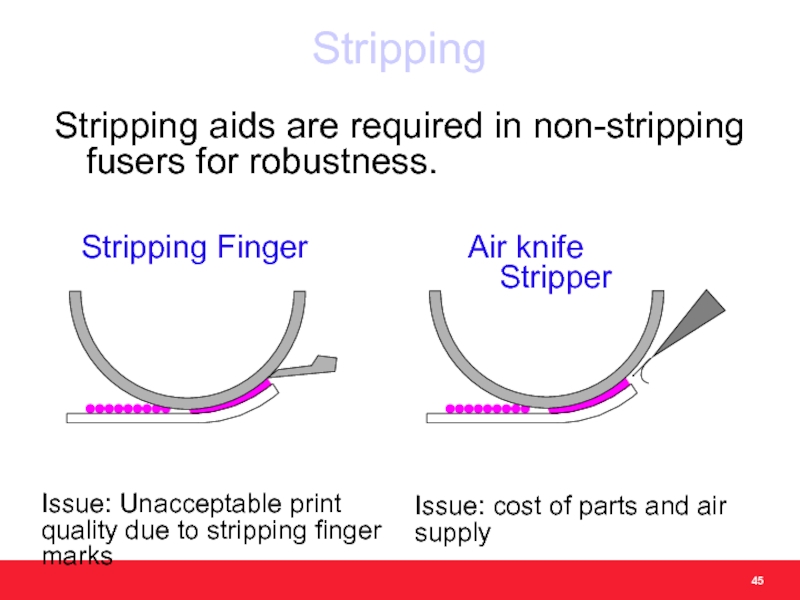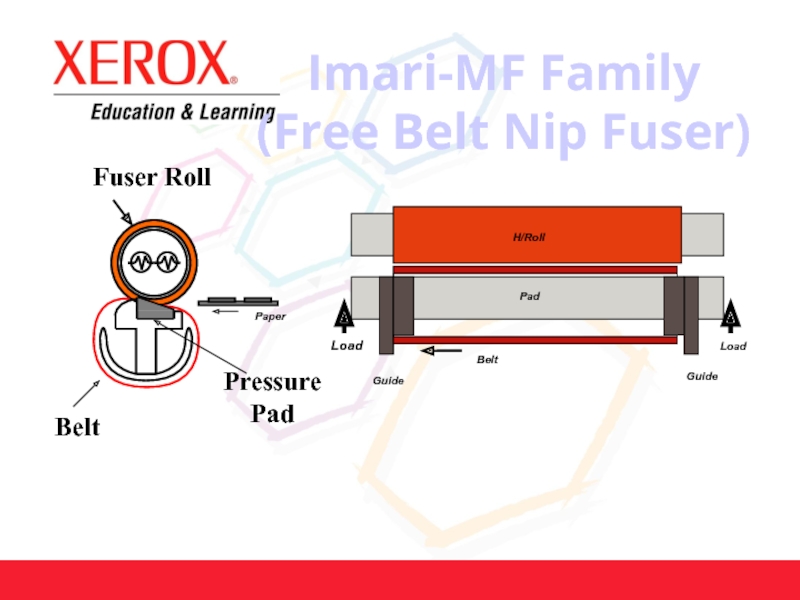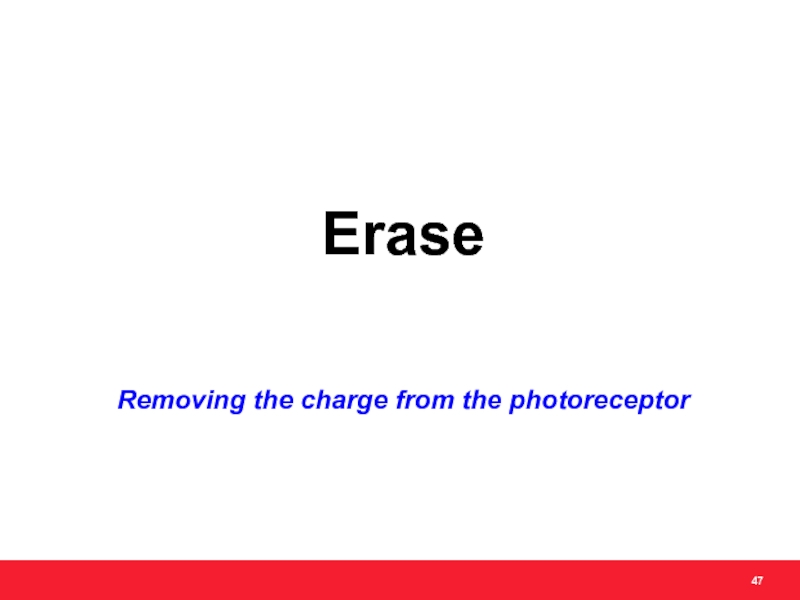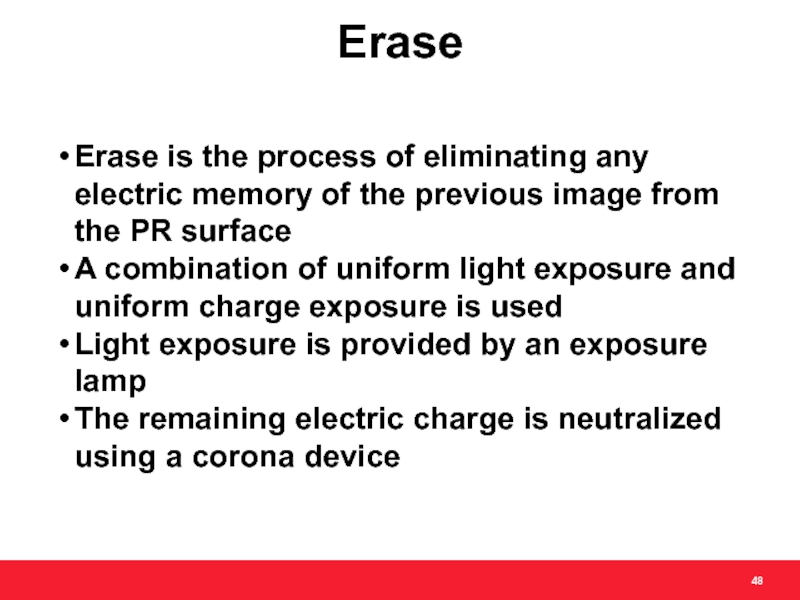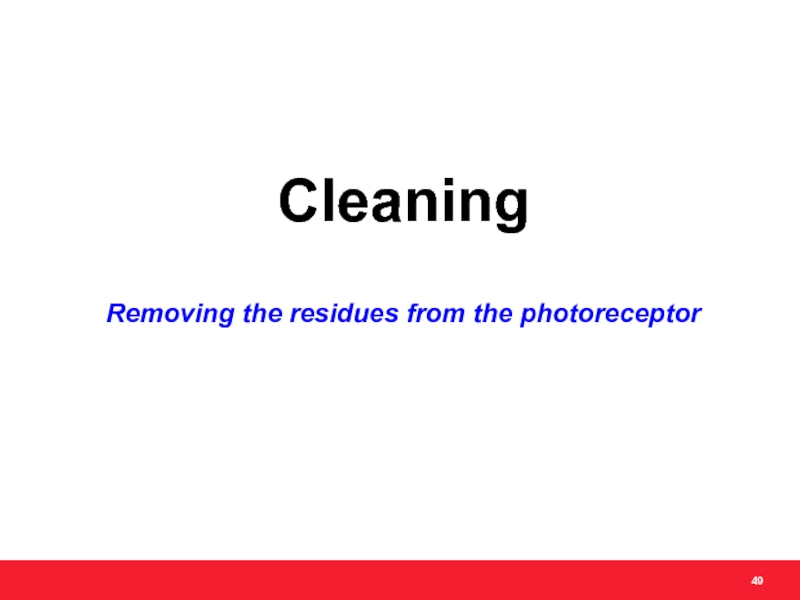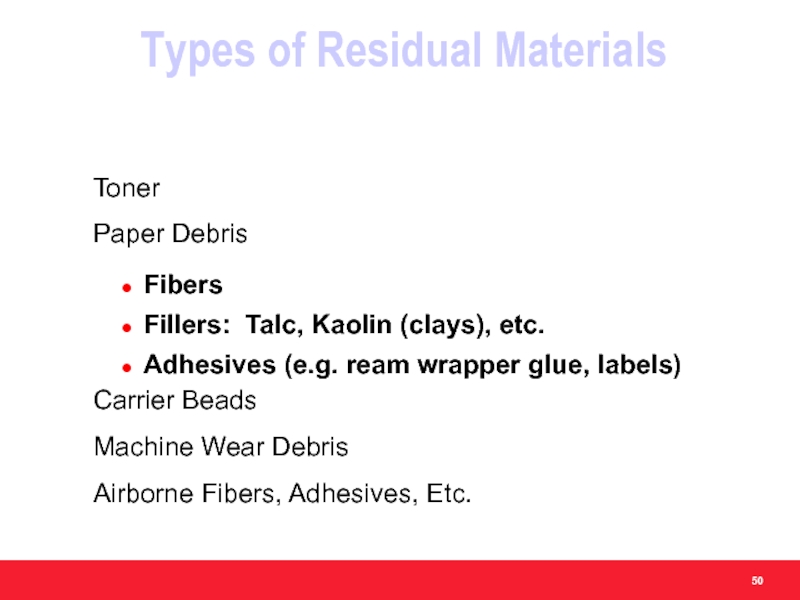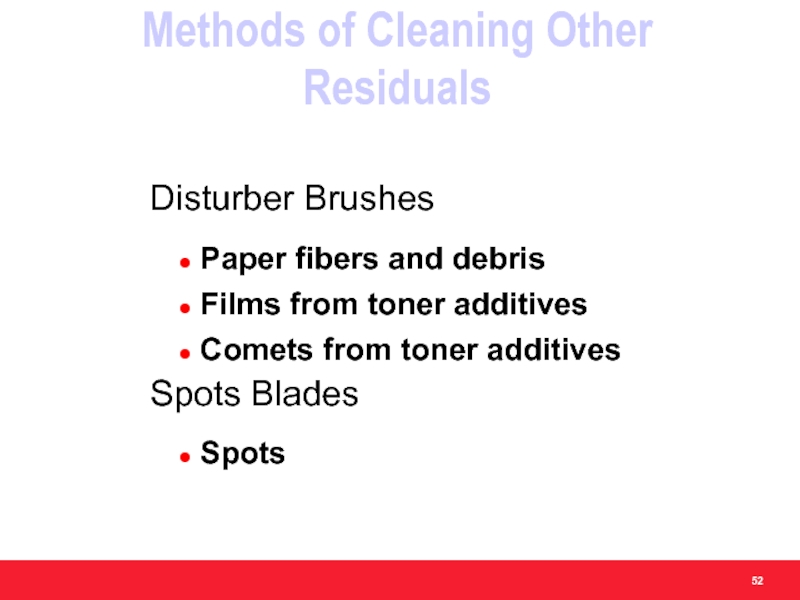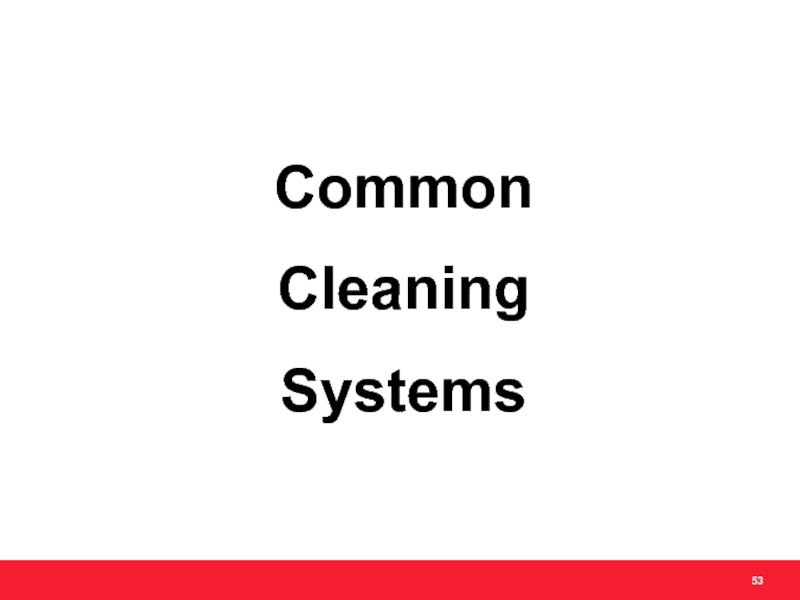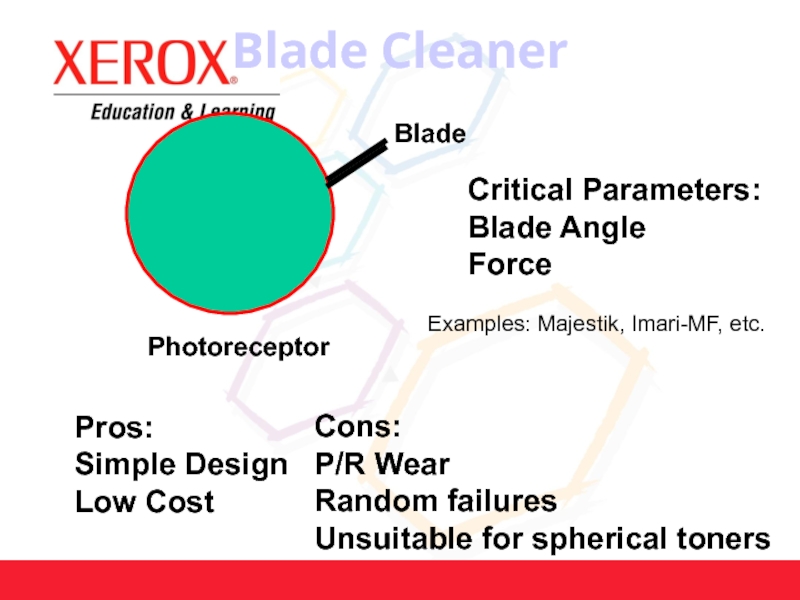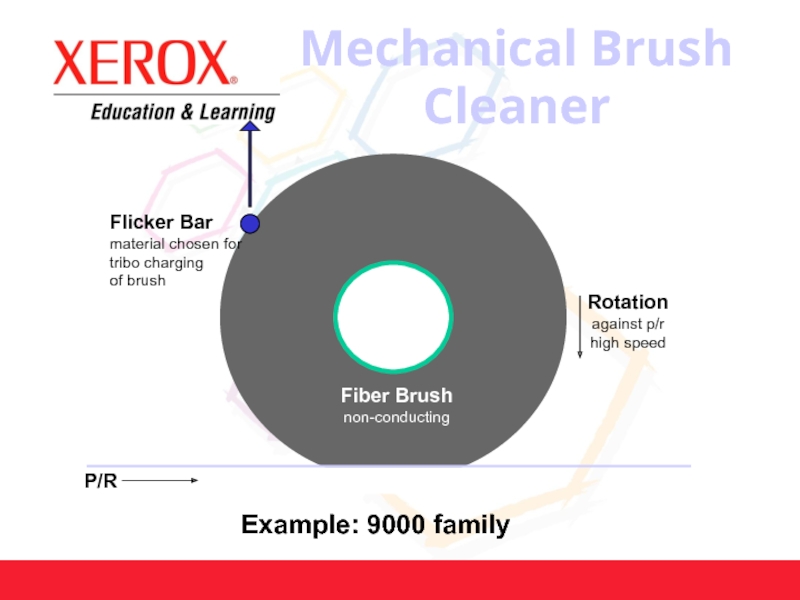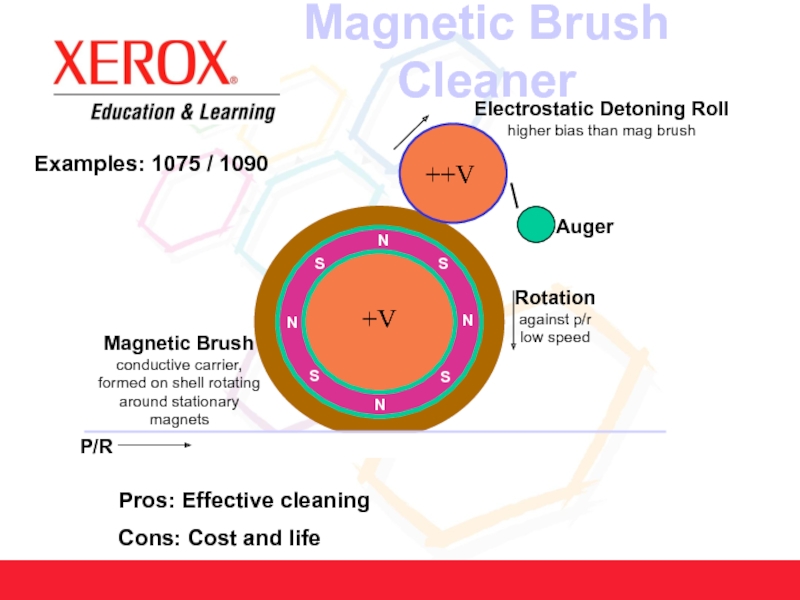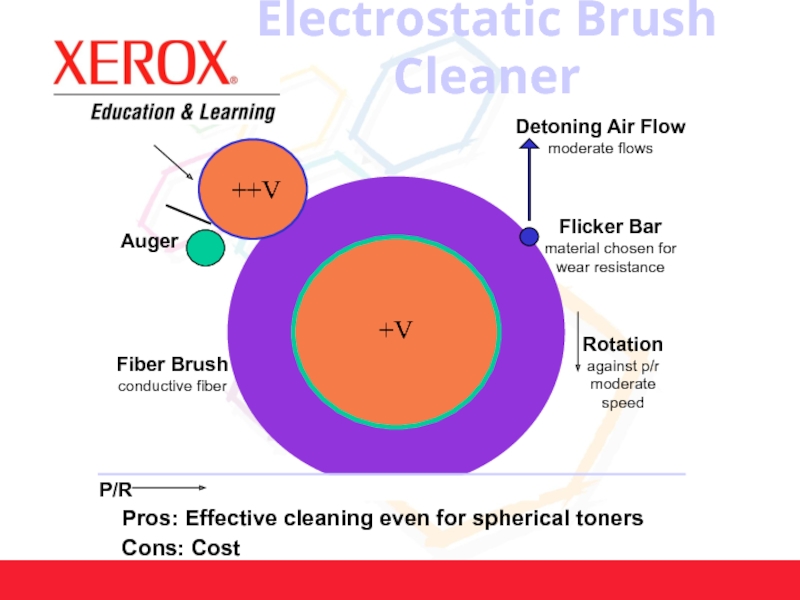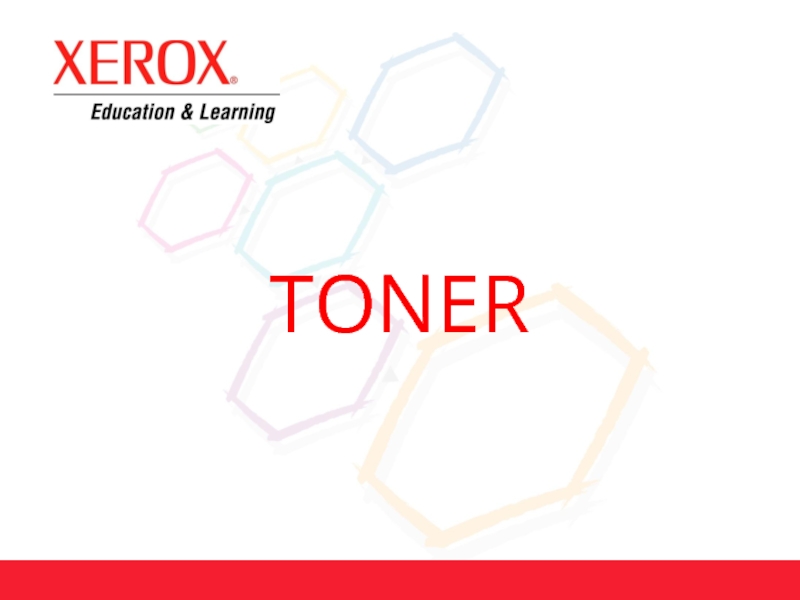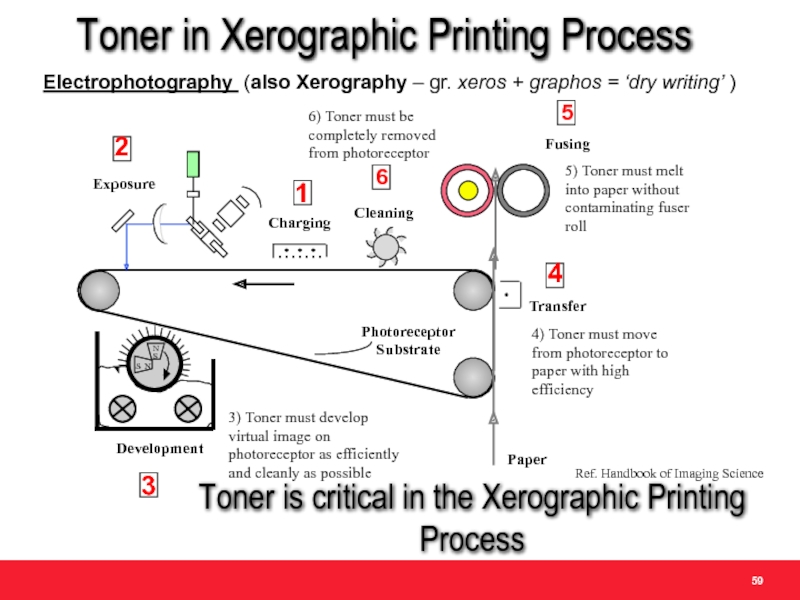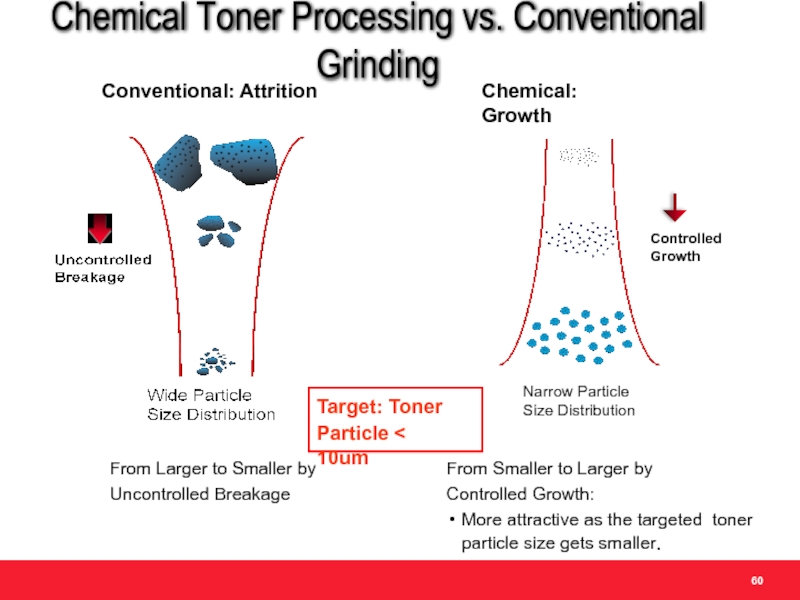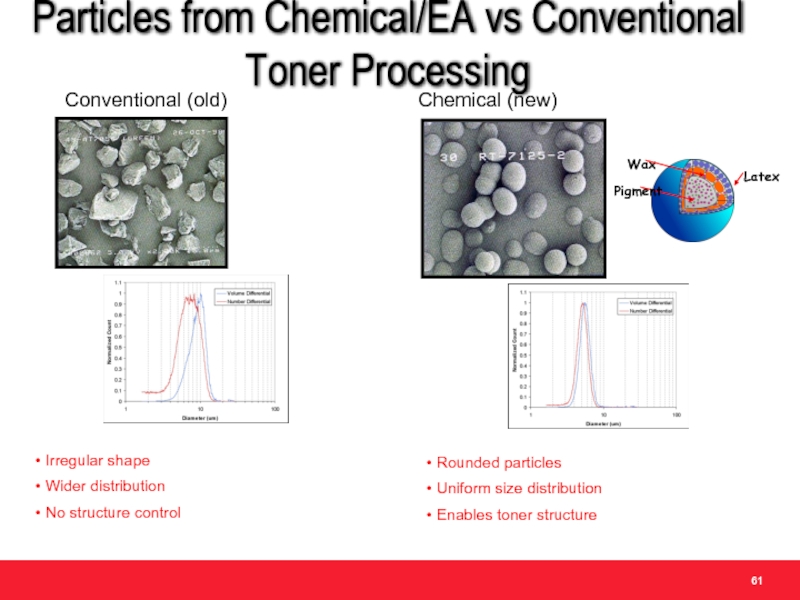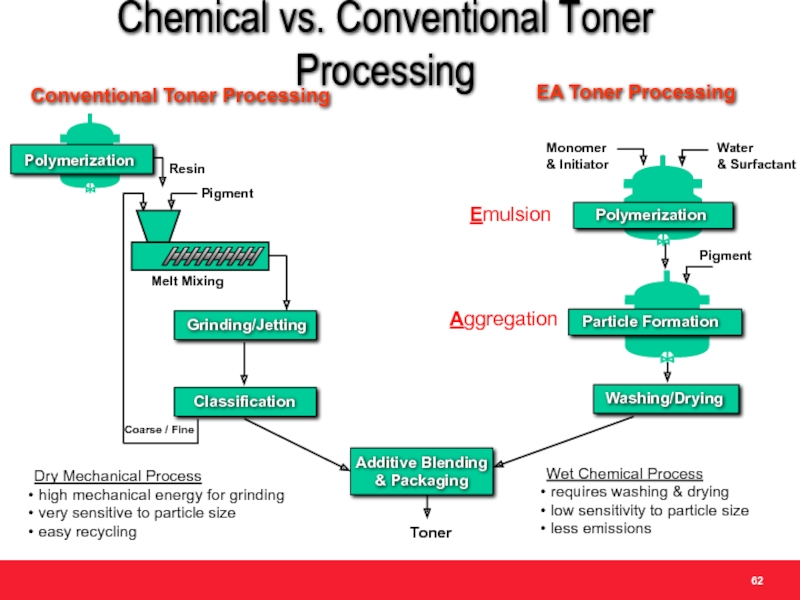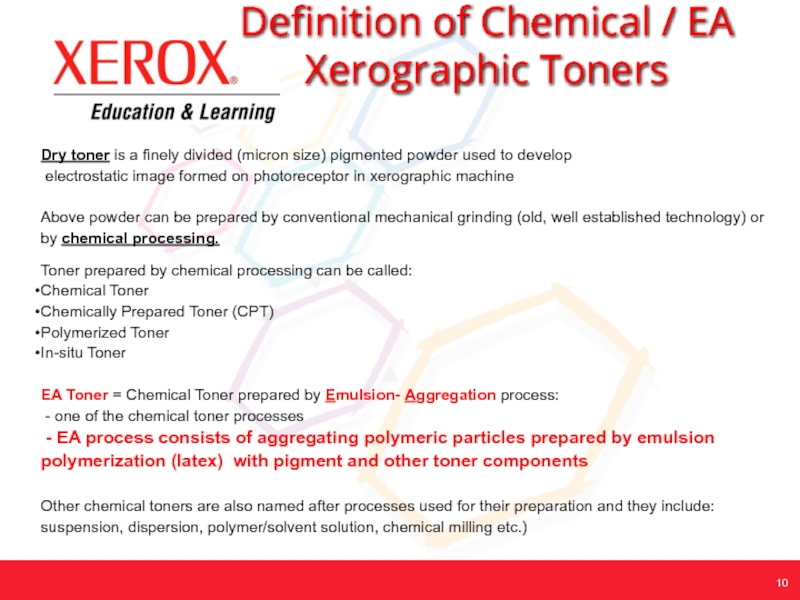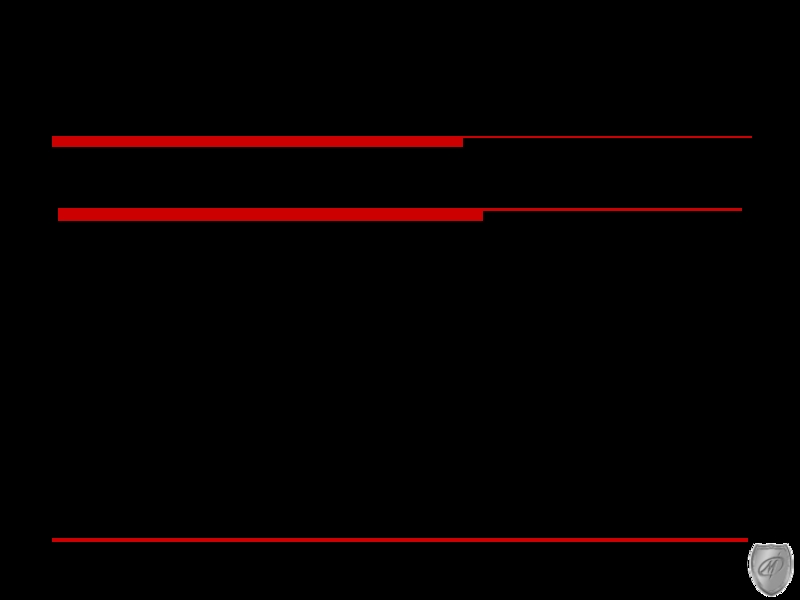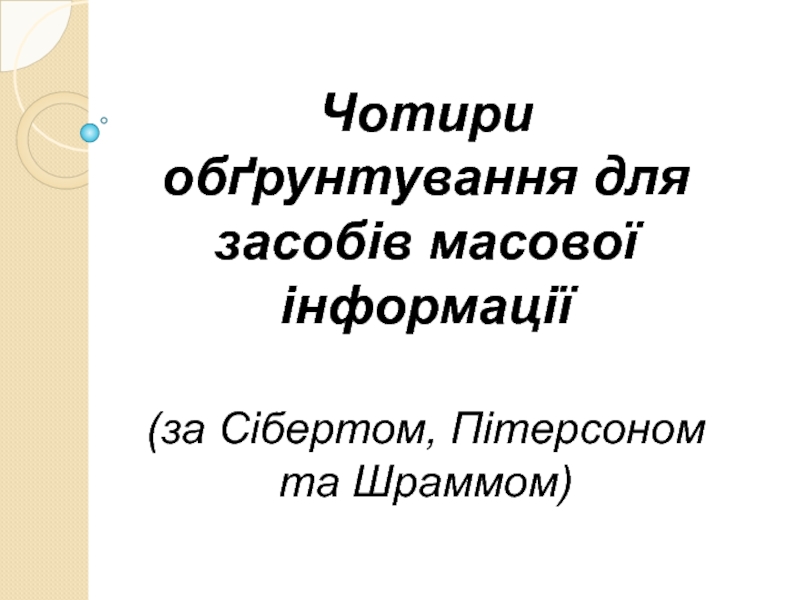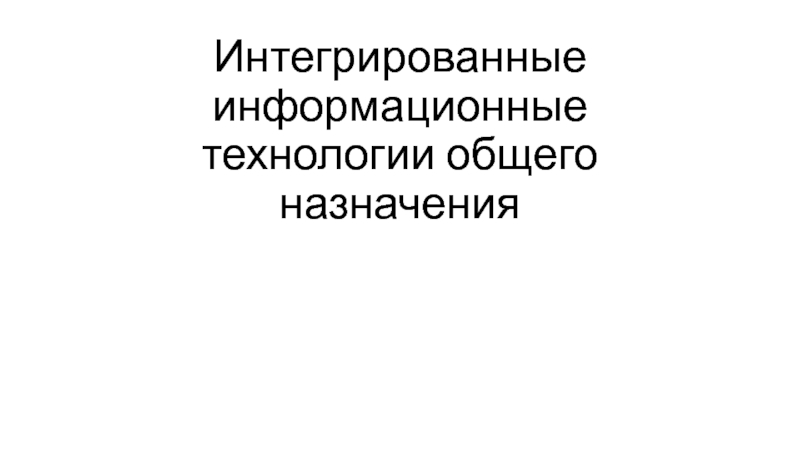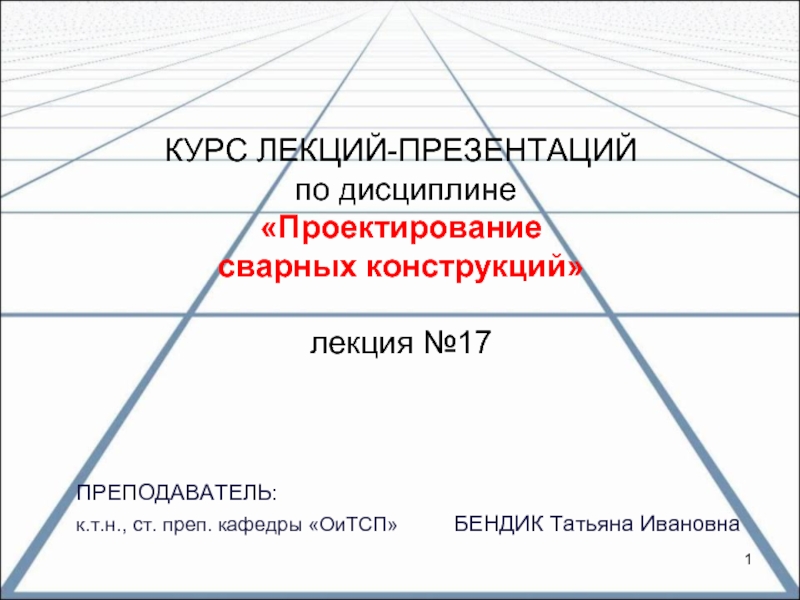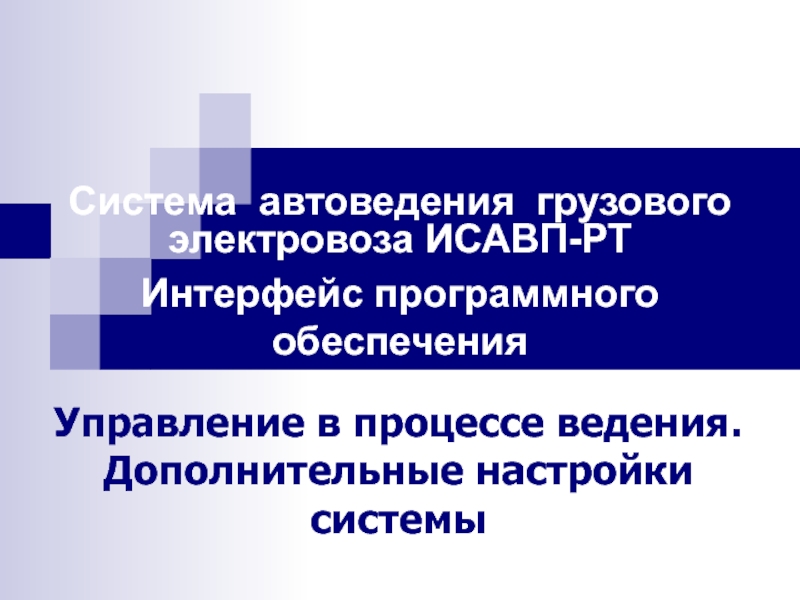- Главная
- Разное
- Дизайн
- Бизнес и предпринимательство
- Аналитика
- Образование
- Развлечения
- Красота и здоровье
- Финансы
- Государство
- Путешествия
- Спорт
- Недвижимость
- Армия
- Графика
- Культурология
- Еда и кулинария
- Лингвистика
- Английский язык
- Астрономия
- Алгебра
- Биология
- География
- Детские презентации
- Информатика
- История
- Литература
- Маркетинг
- Математика
- Медицина
- Менеджмент
- Музыка
- МХК
- Немецкий язык
- ОБЖ
- Обществознание
- Окружающий мир
- Педагогика
- Русский язык
- Технология
- Физика
- Философия
- Химия
- Шаблоны, картинки для презентаций
- Экология
- Экономика
- Юриспруденция
Welcome to Technical Training Induction презентация
Содержание
- 1. Welcome to Technical Training Induction
- 2. OBJECTIVE By the end of this course
- 3. Basic Xerography
- 4. Course Objective The Xerographic Process Charging
- 5. The Xerographic Process
- 6. Charging Preparing the photoreceptor for accepting the image
- 8. Configurations of Photoreceptors Drum: Smaller size No
- 9. Corona Charging Devices
- 10. Bias Charging Roll
- 11. Bias Charging Roll – Pros & cons
- 12. Exposing Capturing the latent image on the photoreceptor
- 13. Imaging Devices
- 14. Photoreceptor Discharge Mechanism
- 15. Development Toning the latent image
- 16. Development Two Main Schemes: Single Component Development
- 17. Background remains charged
- 19. Why DAD? Only the area that needs
- 21. Examples: Hodaka, A297, 1012, etc. Several low-end printers
- 22. Common Two Component Development Techniques
- 23. Magnetic Brush Development Roll The conductivity
- 24. Examples: Lakes Family, Tigris, Nuvera
- 25. Transfer Moving the toned image to paper
- 26. Major Transfer Drivers Toner properties: Toner shape
- 27. Corona Biased Transfer Roll Transfer Belt Charged
- 28. Most conventional system Transfer Assist Blade
- 29. Fields created by charge
- 30. Biased Transfer Roll System Used in most
- 31. Fields created by charge density
- 32. Transfer Belt System Conformable nip
- 33. CTR System Example: Majestik family Full
- 34. Intermediate Belt Transfer System System
- 35. Transfer Assist Blade PreTransfer Baffle Detack Dicorotron
- 36. Fusing Fixing the image to paper
- 37. Common Fusing Techniques e. g. Delphax e.
- 38. 3 distinct types—all based on a roll
- 39. Image-side roll (“fuser” roll) has non-elastomeric
- 40. Oil Structure Non-functional Simple physical
- 41. Oil on sheet: 1 – 30 μliters Release Agent Applicators - Wick Wick
- 42. Release Agent Applicators - Donor Roll Metering Blade Oil on sheet: 1 – 10 μliters
- 43. Release Agent Applicators - Web Oil on
- 44. Release Agent Issues Undesirable feel Inability to
- 45. Stripping aids are required in non-stripping fusers
- 46. Imari-MF Family (Free Belt Nip Fuser) Fuser Roll Belt Pressure Pad
- 47. Erase Removing the charge from the photoreceptor
- 48. Erase Erase is the process of eliminating
- 49. Cleaning Removing the residues from the photoreceptor
- 50. Types of Residual Materials Toner Paper Debris
- 51. Methods of Cleaning Toner Mechanical Forces Blade
- 52. Methods of Cleaning Other Residuals Disturber Brushes
- 53. Common Cleaning Systems
- 54. Blade Cleaner Photoreceptor Blade Critical Parameters:
- 55. Mechanical Brush Cleaner Example: 9000 family
- 56. Magnetic Brush Cleaner Examples: 1075 / 1090 Pros: Effective cleaning Cons: Cost and life
- 57. Electrostatic Brush Cleaner Pros: Effective cleaning even for spherical toners Cons: Cost
- 58. TONER
- 59. Toner in Xerographic Printing Process Electrophotography (also
- 60. From Larger to Smaller by Uncontrolled Breakage
- 61. Irregular shape Wider distribution
- 62. Toner
- 63. Dry toner is a
Слайд 2OBJECTIVE
By the end of this course you will have completed the
Laser Safety
Safe Lifting
Electrical competence
Basic Xerography
Toner Types
Electronic Imaging
Laptop Skills
Electro Static Discharge
Colour Theory
Customer Handling Skills
Слайд 4
Course Objective
The Xerographic Process
Charging
Photoreceptors
Charging Devices
Exposing
Development
Transfer
Fusing
Cleaning
Questions & Answers
Agenda
Слайд 8Configurations of Photoreceptors
Drum:
Smaller size
No seam
Wider choice of photoconductor materials
No tracking problems
Easier
Belt:
Flexible configuration
Full frame exposure possible
Discharge from backside possible
Radius at transfer can be varied
Longer relaxation time
Lower cost per unit area
Слайд 11Bias Charging Roll – Pros & cons
Advantages:
Size
Low Ozone emissions
Lower power requirements
Disadvantages:
Limited
Uniform charging requires AC
Adds to power supply
AC decreases conventional PR life
Слайд 16Development
Two Main Schemes:
Single Component Development (SCD)
Toner only
Two Component Development (TCD)
Developer (Toner
Materials
Toner size 5 to 15 mm
Carrier size 35 to 150 mm
Theory of Operation:
Electric charge is created on the toner via friction (SCD) or interaction with carrier (TCD)
Charged toner is deposited on the latent image on PR
Слайд 19Why DAD?
Only the area that needs to be developed is exposed
Lower exposure power requirements
Lasers / LED bars vs. exposure lamps
Less optical fatigue on photoreceptor
Extends life
Слайд 23Magnetic Brush Development Roll
The conductivity of the carrier determines whether
Слайд 26Major Transfer Drivers
Toner properties:
Toner shape
Toner size distribution
Tribo
Paper properties:
Electrical properties (surface &
Thickness, formation, roughness, porosity
Hardware:
Transfer field (current)
Air gaps, etc.
Слайд 27Corona
Biased Transfer Roll
Transfer Belt
Charged Transfer Roll (CTR)
Intermediate Transfer Belt
Acoustic Transfer Assist
Common Transfer Systems
Слайд 28
Most conventional system
Transfer Assist Blade (TAB) w/ belts applies nip pressure
Corotron
Examples: DocuTech, iGen, Brunel etc.
Corona Transfer System
Transfer Corotron
Detack Corotron
Detack Corotron
Transfer Corotron
TAB
Слайд 29
Fields created by charge density deposited onto paper by transfer corotron
After
V
Corona System: Theory of Operation
Слайд 30Biased Transfer Roll System
Used in most desktop printers
Conformable nip
Low ozone and
Слайд 31
Fields created by charge density on the bias roll
(due to the
BTR system: Theory of Operation
Слайд 32Transfer Belt System
Conformable nip w/field tailoring
Low ozone and high
Can eliminate prefuser transport in short
paper path architectures.
Examples: Oceans II, Toshiba, Ricoh
Drum
P/R Belt
Detack
Detack
Слайд 33CTR System
Example: Majestik family
Full process color achieved by developing and
Cons
Four passes per print - low productivity
Limited substrate applicability
Fuser
Rotary
Development
Unit
PR Drum
.
CTR Film
Слайд 34Intermediate Belt Transfer System
System approach – build colors on intermediate belt
Dual
Low ozone and high current efficiency
Examples: Sfida family, Imari-MF family, Ricoh
Intermediate Transfer Belt
Слайд 35Transfer
Assist
Blade
PreTransfer
Baffle
Detack Dicorotron
Transfer Dicorotron
Main Drive Roll
Assist Drive
/ Stripper Roll
Pretransfer
Discorotron
Transfer System with
Слайд 383 distinct types—all based on a roll pair comprised
of “hard” and
Dwell
Pressure
Ttoner(top)
Ttoner(bottom)
Formation of nip (dwell)
requires at least one rubberized roll
Stripping assist
Most-Common Fuser Type - Roll
Слайд 39Image-side roll (“fuser” roll) has
non-elastomeric coating
Paper-side roll (“pressure” roll) has
elastomeric coating to provide dwell and pressure.
Most common in B&W machines.
Type 1 Roll Fuser - Hard FR / Soft PR (NFPR)
Examples: Lakes, Brunel, Nuvera, etc.
Слайд 40Oil Structure
Non-functional
Simple physical barrier
Functional
Bonds to fusing surface
Mercapto
Bonds to metal or metal oxides
Amino
Bonds to fluoroelastomers
Fusing Surface
Release Agents
To minimize attraction of toner to fusing surface, many fusers
coat surface with thin layer of silicone oil.
Paper
Toner
Fuser
No oil
Oil
Hot Offset
Oil
Toner
Слайд 44Release Agent Issues
Undesirable feel
Inability to write on the print or to
“Post-it” notes
Impact on projection efficiency
Additional hardware, service, and consumables cost
The trend is to use wax in the toner formulation to avoid the above stated issues
Слайд 45Stripping aids are required in non-stripping fusers for robustness.
Stripping
Issue: Unacceptable print
Issue: cost of parts and air supply
Слайд 48Erase
Erase is the process of eliminating any electric memory of the
A combination of uniform light exposure and uniform charge exposure is used
Light exposure is provided by an exposure lamp
The remaining electric charge is neutralized using a corona device
Слайд 50Types of Residual Materials
Toner
Paper Debris
Fibers
Fillers: Talc, Kaolin (clays), etc.
Adhesives (e.g. ream
Carrier Beads
Machine Wear Debris
Airborne Fibers, Adhesives, Etc.
Слайд 51Methods of Cleaning Toner
Mechanical Forces
Blade
Multi – Blades
Mechanical Brush
Foam Roll
Web
Electrostatic Forces
Electrostatic Brush
Magnetic
Magnetic Brush (a.k.a., mag brush)
Слайд 52Methods of Cleaning Other Residuals
Disturber Brushes
Paper fibers and debris
Films from toner
Comets from toner additives
Spots Blades
Spots
Слайд 54Blade Cleaner
Photoreceptor
Blade
Critical Parameters:
Blade Angle
Force
Pros:
Simple Design
Low Cost
Cons:
P/R Wear
Random failures
Unsuitable for
Examples: Majestik, Imari-MF, etc.
Слайд 59Toner in Xerographic Printing Process
Electrophotography (also Xerography – gr. xeros +
Toner is critical in the Xerographic Printing Process
Ref. Handbook of Imaging Science
Слайд 60From Larger to Smaller by
Uncontrolled Breakage
Conventional: Attrition
Narrow Particle Size Distribution
From Smaller
Controlled Growth:
More attractive as the targeted toner particle size gets smaller.
Chemical: Growth
Chemical Toner Processing vs. Conventional Grinding
Слайд 61 Irregular shape
Wider distribution
No structure control
Particles from Chemical/EA
Conventional (old)
Chemical (new)
Rounded particles
Uniform size distribution
Enables toner structure
Слайд 62
Toner
Additive Blending & Packaging
Melt Mixing
Coarse / Fine
Resin
Pigment
Grinding/Jetting
Classification
Polymerization
Conventional Toner Processing
Chemical vs. Conventional
Dry Mechanical Process
high mechanical energy for grinding
very sensitive to particle size
easy recycling
Слайд 63
Dry toner is a finely divided (micron size) pigmented
electrostatic image formed on photoreceptor in xerographic machine
Above powder can be prepared by conventional mechanical grinding (old, well established technology) or by chemical processing.
Toner prepared by chemical processing can be called:
Chemical Toner
Chemically Prepared Toner (CPT)
Polymerized Toner
In-situ Toner
EA Toner = Chemical Toner prepared by Emulsion- Aggregation process:
- one of the chemical toner processes
- EA process consists of aggregating polymeric particles prepared by emulsion polymerization (latex) with pigment and other toner components
Other chemical toners are also named after processes used for their preparation and they include: suspension, dispersion, polymer/solvent solution, chemical milling etc.)
Definition of Chemical / EA Xerographic Toners
10
